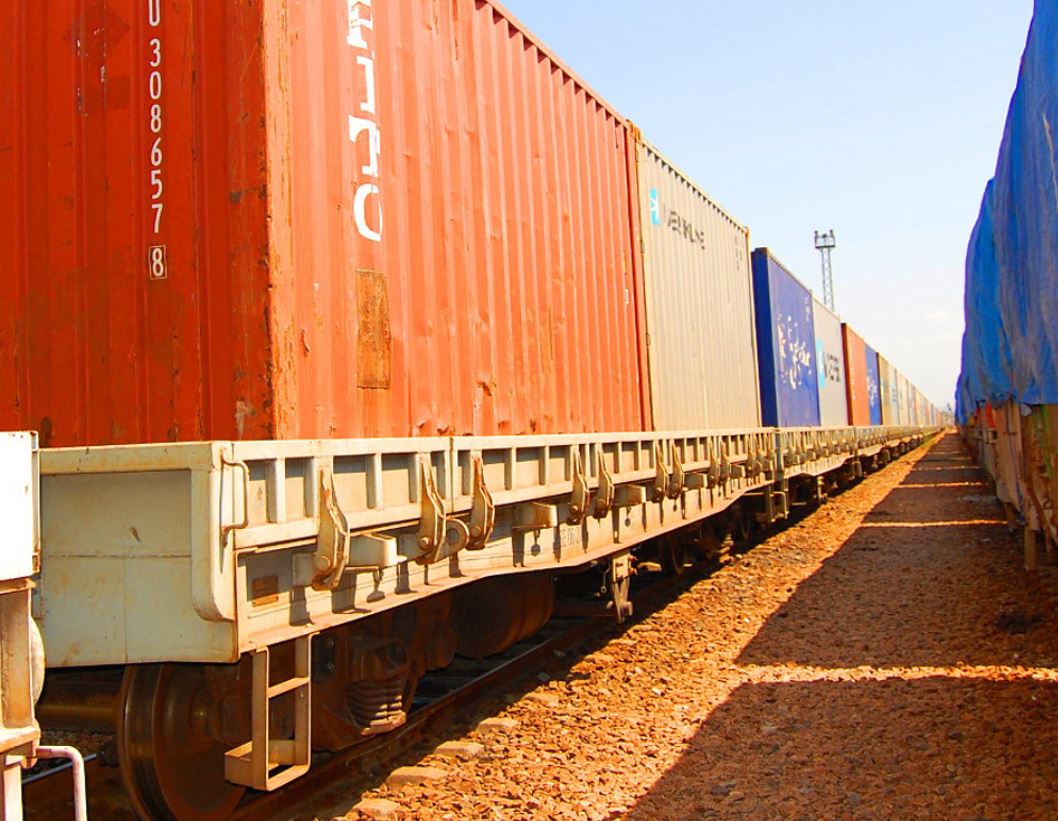Tanzania has officially launched commercial freight services on its Standard Gauge Railway (SGR) connecting Dar es Salaam to Dodoma, following approval from national transport authorities. This milestone comes after two successful trial runs conducted on June 1 and 2, between Dar es Salaam and Ihumwa, a suburb near Dodoma.
The Tanzania Railways Corporation (TRC) confirmed it is fully prepared to operate on the corridor after receiving a compliance certificate from the Land Transport Regulatory Authority (LATRA). According to Enock Mgonja, TRC’s Maintenance Manager for Freight and Passenger Wagons, this approval allows freight movement to begin without further delay.
Loading points
Key loading and unloading points along the route include Pugu, Morogoro, and Ihumwa, while Dar es Salaam Port will function as the central logistics hub, linking sea and rail transport. The SGR service uses part of a 1,430-unit fleet of freight wagons manufactured in China, aimed at cutting transportation costs, increasing efficiency, and strengthening Tanzania’s role in regional trade.
The SGR is part of a broader infrastructure upgrade, replacing the older metre-gauge system. The Dar–Dodoma route serves as the foundation for planned extensions toward Mwanza and border regions, facilitating deeper regional connectivity.
Initially, the Tanzania Truck Owners Association (TATOA) expressed concerns about the rail service’s impact on trucking businesses. However, the association now supports the initiative. TATOA Chair Elias Lukumay emphasized that while bulk goods will move by rail, trucks will handle last-mile delivery, creating a more integrated logistics system. He also noted that many shipments entering Dar es Salaam are destined for neighboring countries, and this multimodal approach will speed up delivery while easing pressure on the roads.
By activating freight services on the SGR, Tanzania enhances its transportation infrastructure and strengthens its position as a regional logistics and trade hub. The development is expected to contribute to national economic growth and bolster East Africa’s supply chain efficiency.

